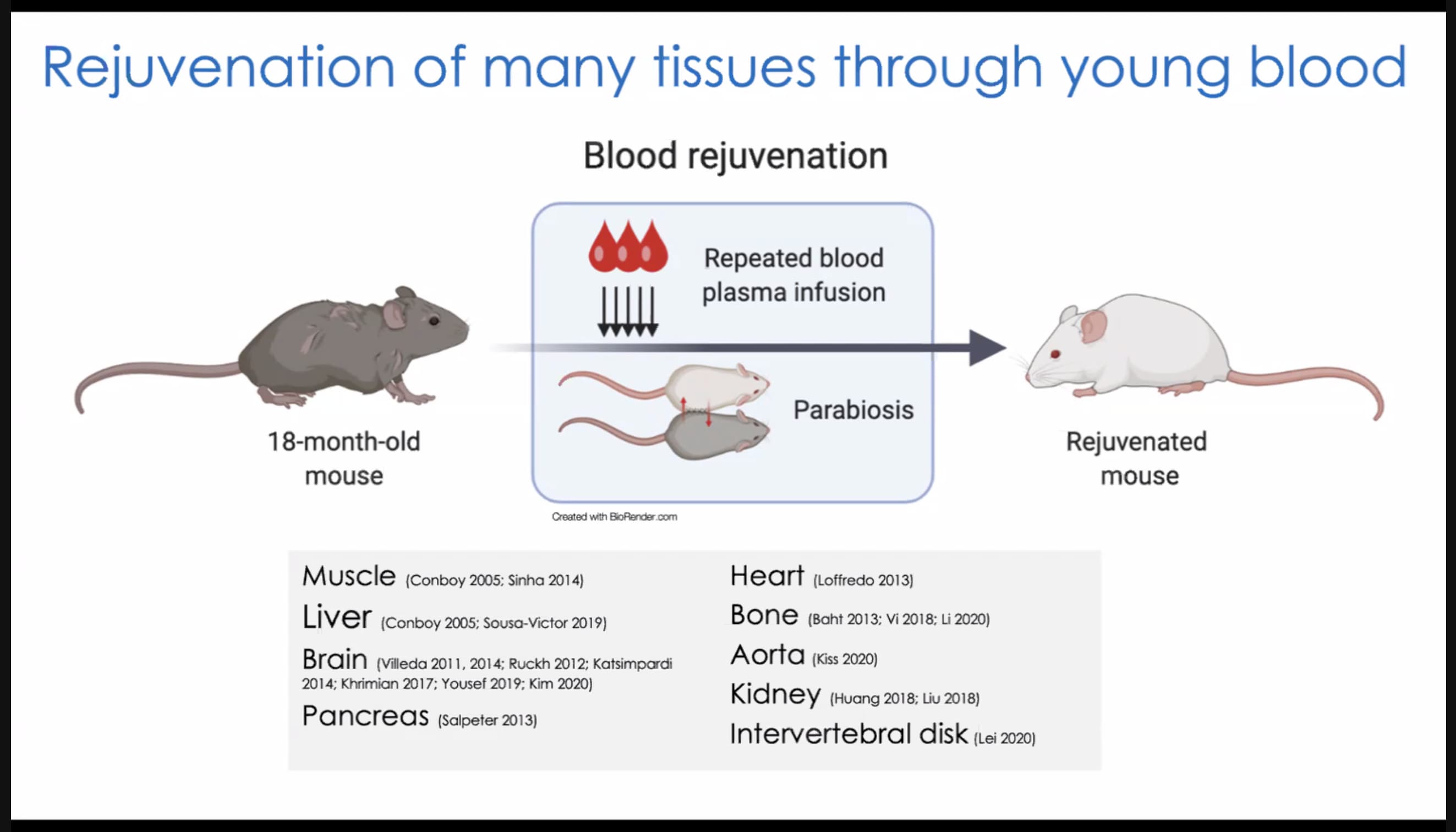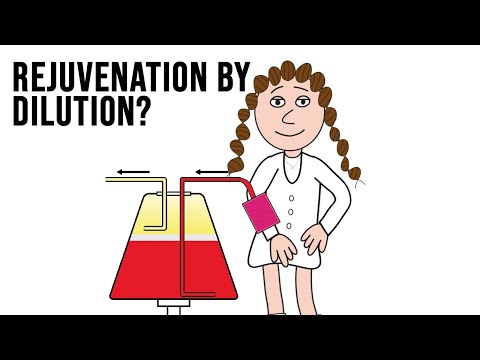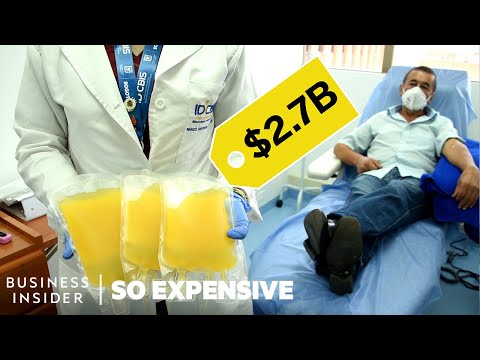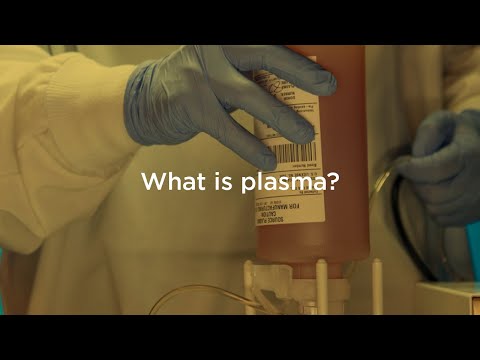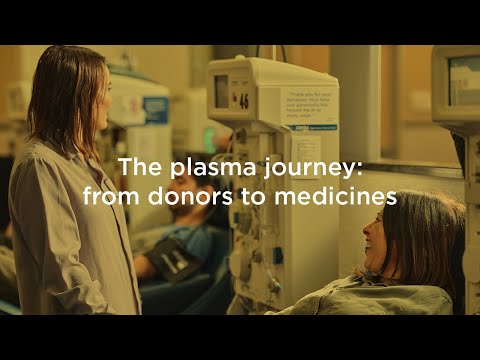I wanted to start a thread that focuses just on the issue of how to get broader access (or simply lower cost) to what I think is increasingly likely to be a significant longevity therapy in the near future. It would be helpful i think to brainstorm on how we might improve access and lower cost for this therapy so that everyone visiting here might get access to it.
Right now the cost is about $6,000 per 3 hour session. Nobody has yet done studies on what the optimal frequency is for longevity / health benefits, but it seems to me that its likely that its a case of “more is better” (within reason, and balanced against risks of doing the procedure). I suspect that the closer you can get your blood to what it was at 17 years old (or so), it seems the greater would be the benefits.
I’ve gone through the process for 6 sessions/ 3 months as party of the Lyfspn clinical study, and while I don’t yet know if I was in the true therapy group, or the control group, the entire process was an entirely relaxing experience… you recline for three hours with blood output and input lines into your arms, and watch a movie or listen to an audiobook, or have a nap for 3 hours. I could easily see people doing this once a week (or more frequently for people who are older).
[Update: December, 2023) I was recently notified that I was in the “Treatment” group in this clinical study, so I did get 6 plasmapheresis cycles, each 3 hours long, where they removed most of the plasma and replaced it with albumin formulation]
And, as these slides below from Tony Wyss-Corray’s presentation today suggest, there are increasingly good results from multiple therapeutic plasma exchange (plasmapheresis) demonstrated in recent clinical trials. If it improves things for people with PD and Alz, I believe that there is a very high likelihood that its going to boost the health of non-diseased people… or prevent age-related disorders.
And TPE results in thousands of proteins transferred via Albumin… this does not seem like something that is going to be made synthetically by biohackers any time soon.
Tony mentioned the potential to be doing TPE on a daily basis or every few days… to get maximum benefit. How many people will be willing to pay $150,000/month to do this?
And its not like prices have come down much for Plasma Exchange so far. Its been around for 20 years+, its widely used in many serious conditions, and its still priced in private clinics at $6,000 per session.
See full presentation here (scroll down): Harvard / Glenn Aging Conference, online, Monday. May 22 - #9 by RapAdmin
More information: Irina Conboy Plasmapheresis Webinar
And some of the supporting research:
I’m just going to try to start the conversation off and try to get people thinking about ways to target this therapy and improve its easy of access and affordability.
Key cost components are:
1.TPE / Plasmapheresis Equipment (currently priced at $30,000 to $50,000 it seems, for new equipment).
2. “Consumables”, the needles, filters, piping, etc. that are “used up” in any given TPE / Plasmapheresis session. I’ve seen estimates that these costs are in the $1500 to $3,000 range. I’m not sure the full list of what this includes, so perhaps we can pull this together so we all understand this better.
3. Young Plasma/Blood or Albumin. I’m not sure what the cost/liter of these are right now. I’ve seen some companies like Ambrosia have in the past sold “young blood” plasma at $8,000 per liter (as part of the service of delivering it to you). It seems that you could take the approach of using either Young Blood Plasma or Albumin, and I’m not sure the exact benefits / costs have been clearly identified in terms of longevity effects yet.
I think it would be good to cast a wide net in terms of ideas on how to address the issues here… so no idea is too wild.
Some ideas people have mentioned so far, and some new ideas:
1. Used equipment… or other suggestions…
This can be purchased from many online auction sites, etc. In my discussions with the TPE experts at Lyfspn they seemed to suggest that Apheresis equipment / centrifuges etc are different than those used in dialysis, but I’m not sure how close they are, can they be adapted to work in either application or would you need equipment specific to apheresis… Perhaps someone can look at this issue. Other ideas - contact and encourage the manufacturers to make higher volume units (e.g. 10 or 20 person TPE machines), look into some sort of rental program for these (if any can be used in home), or encourage more consumer-oriented companies (or y-combinator type startups) to develop inexpensive home plasmapheresis equipment.
2. Consumables…
we need a full list of exactly what is needed, and then can look for worldwide supplies and costs for these type of products. Perhaps a Plasmapheresis “Buyers Club” could be formed to order large quantities of this stuff and distribute at low cost?
3. Young Blood Plasma or Albumin.
It seems that right now young blood plasma is very hard to get right now and very expensive. Albumin also comes from donated plasma or blood but is highly processed. It seems that the suppliers for this… companies like Griffols, etc. are small in number, and in general it is currently a very concentrated market.
I see from a search that people are mentioning pricing for albumin at around $400 per liter (5% solution) from here: Albumin human Prices, Coupons, Copay & Patient Assistance - Drugs.com
Young blood plasma seems very expensive when purchased commercially (the most famous price quote coming from Ambrosia at $8K per liter: https://www.usnews.com/news/health-news/articles/2019-01-17/startup-offers-young-blood-transfusions-to-rejuvenate-the-body
But - given that a significant portion (somewhere around 20% or so from the graph below) of the US population is between 15 and 30 years of age, young blood seems pretty widely available (potentially). And of course there are your children that may be of help.
Some ideas to increase access / availability of young blood plasma and / or Albumin:
Someone could develop an Uber-like App to match college student blood donors to purchasers… (obviously an infrastructure for receiving the donation, cold storage, shipping, purification, testing, etc. would also need to created). This could be either a for-profit, or non-profit type of app.
Young Blood Plasma Banking… perhaps there is sort of large program that could be developed where people between the ages of 15 to 30 can donate blood for their parents/grandparents, and get credit also for future withdrawls when they get older. Again, this could be either for-profit or non-profit type organization… and perhaps different solutions for different countries.
Key Issues to Overcome:
It seems there are a number of issues that need to be overcome:
1. Current equipment - too low a throughput (3 hour process, one person dedicated to one machine during that time). Could equipment be more cost effective it it could provide service to 10 or 20 people at once? Could inexpensive home equipment be designed that people could buy or rent?
2. Venous Insertion Expertise: Few people seem to have the experience and training required for the insertion of these cannula type needles, and insertion mistakes are painful and problematic.
Other issues you see that need to be overcome?
Overview of Plasmapheresis:


